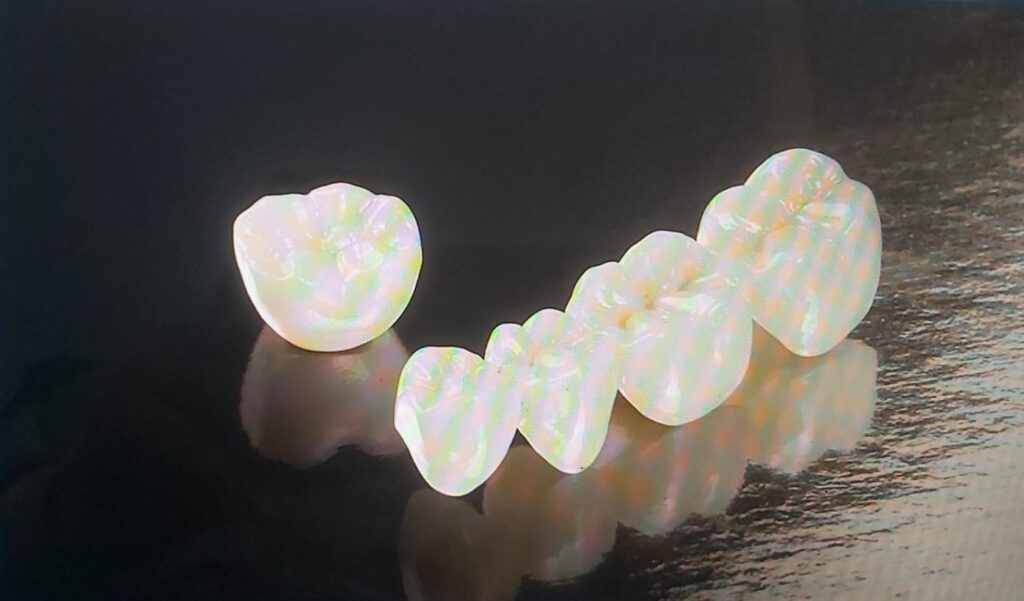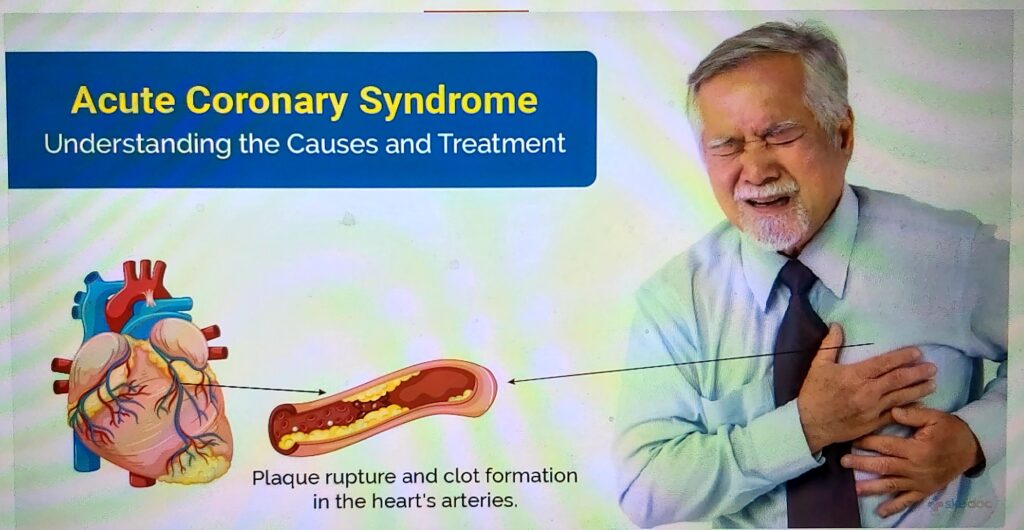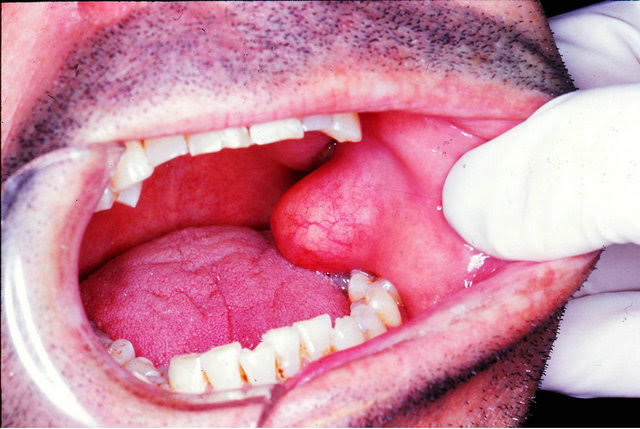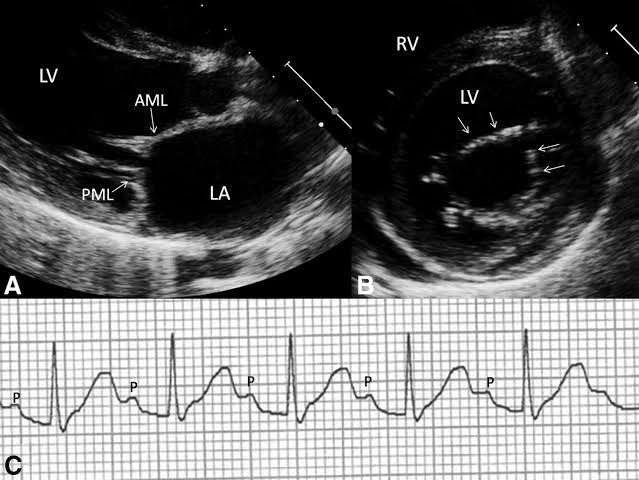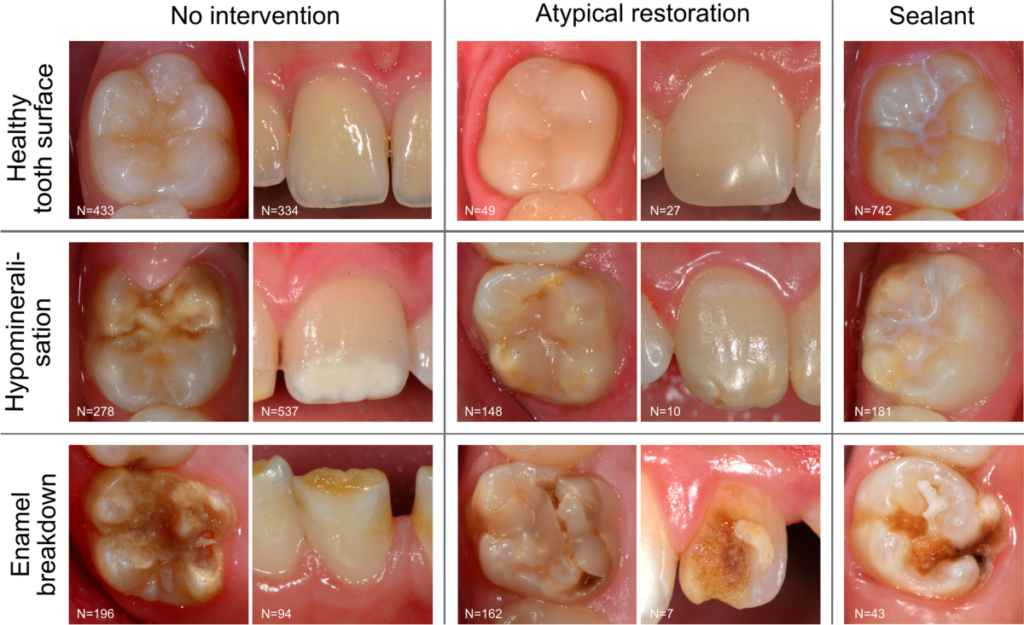Cleaning and Polishing of Teeth
Dental cleaning and polishing involves removing plaque, tartar, and stains from teeth to improve oral hygiene and aesthetics. It’s a routine procedure performed by dentists. Scaling removes plaque and tartar buildup, while polishing smooths the tooth surface, shine and improves aesthetics . A Cleaning and Polishing of Teeth is performed by professionals to remove calculus […]
Cleaning and Polishing of Teeth Read More »




